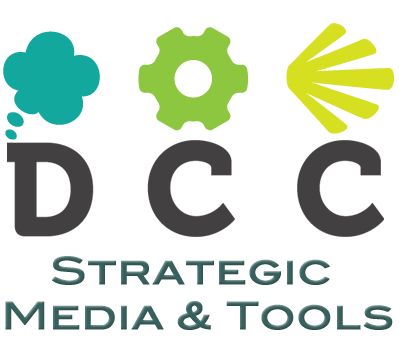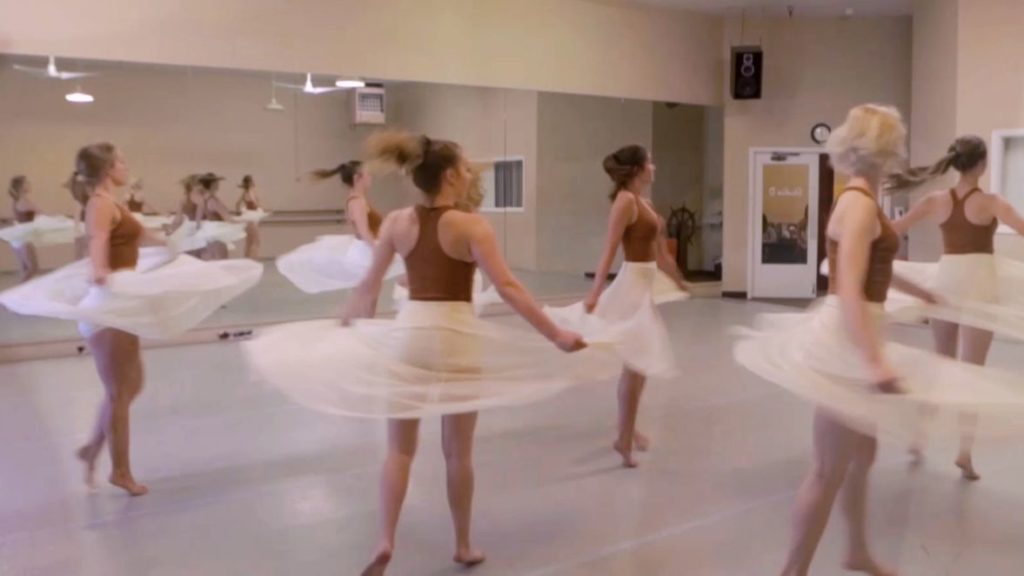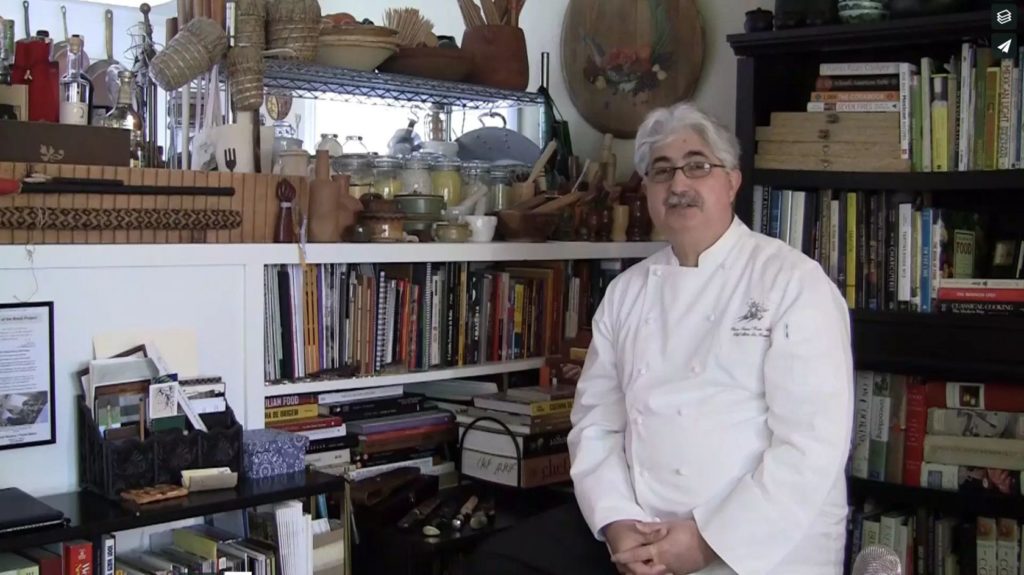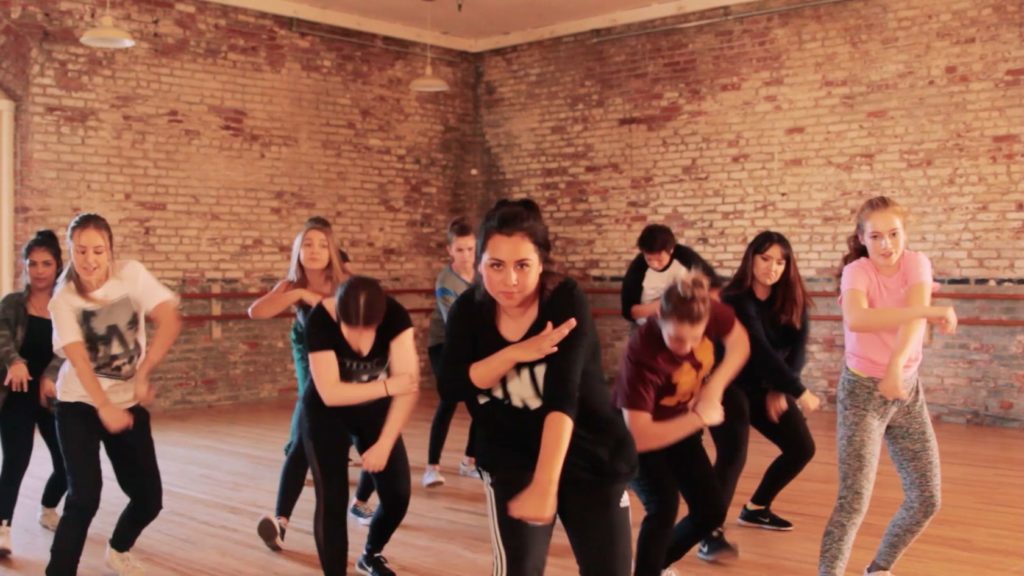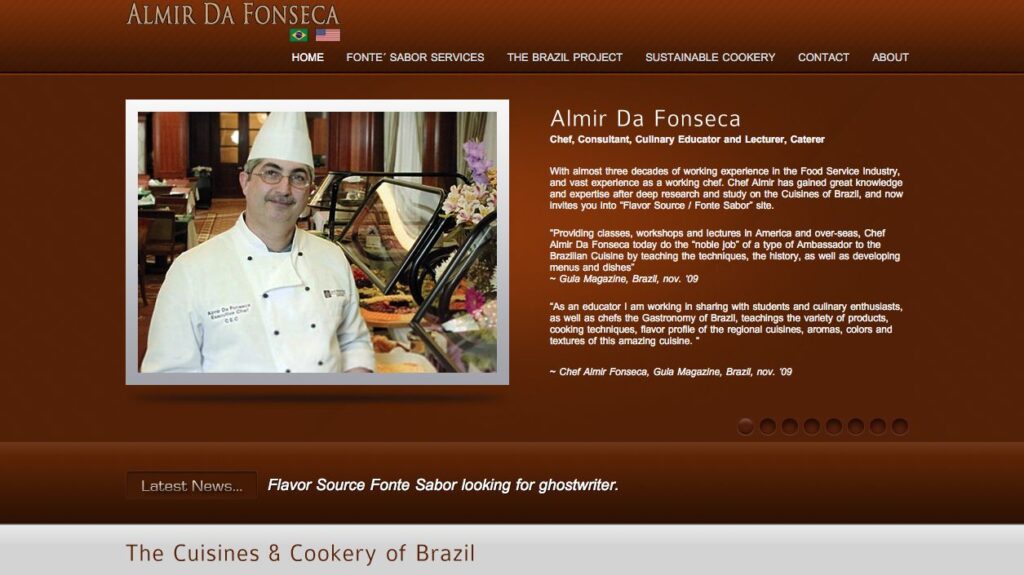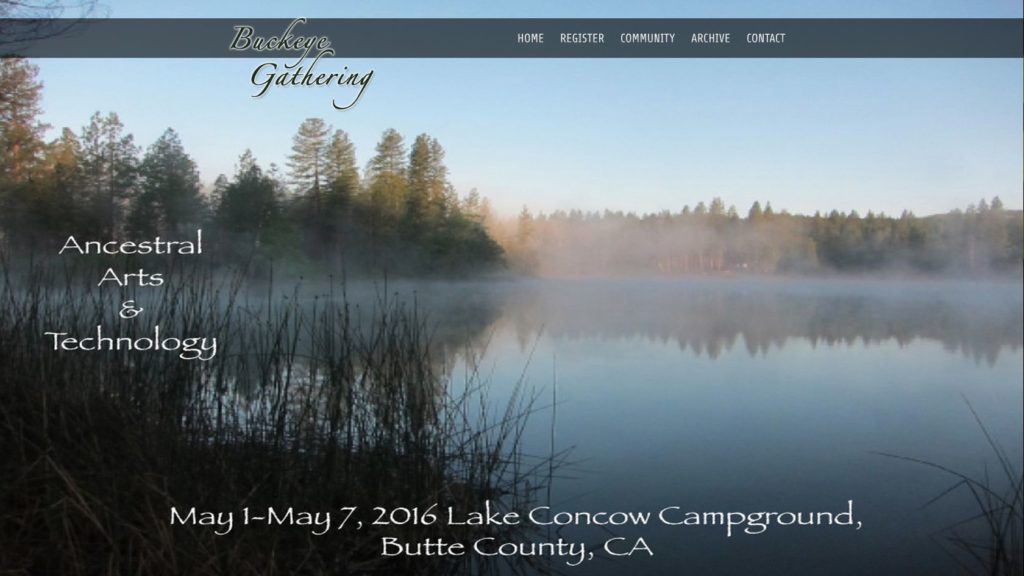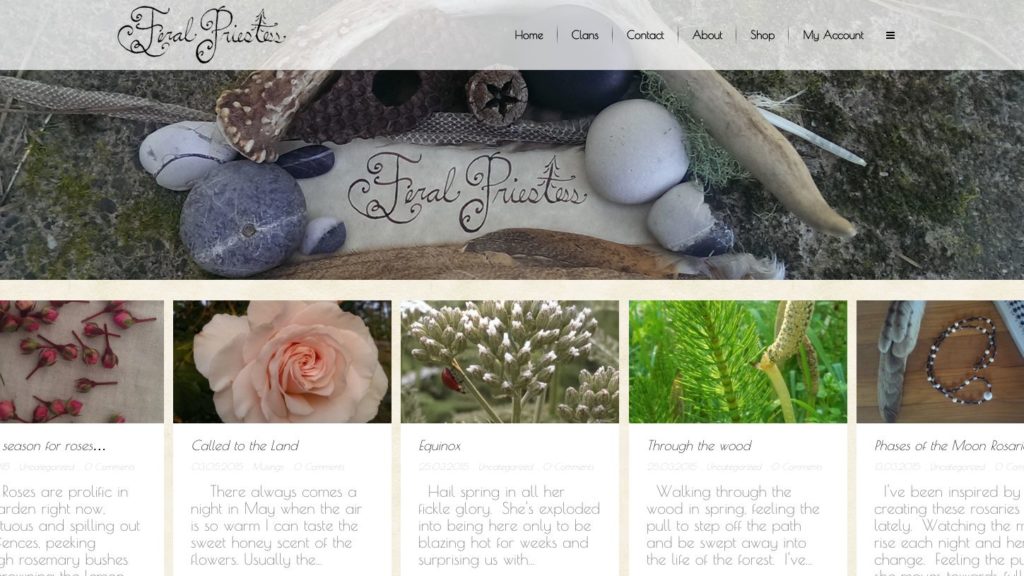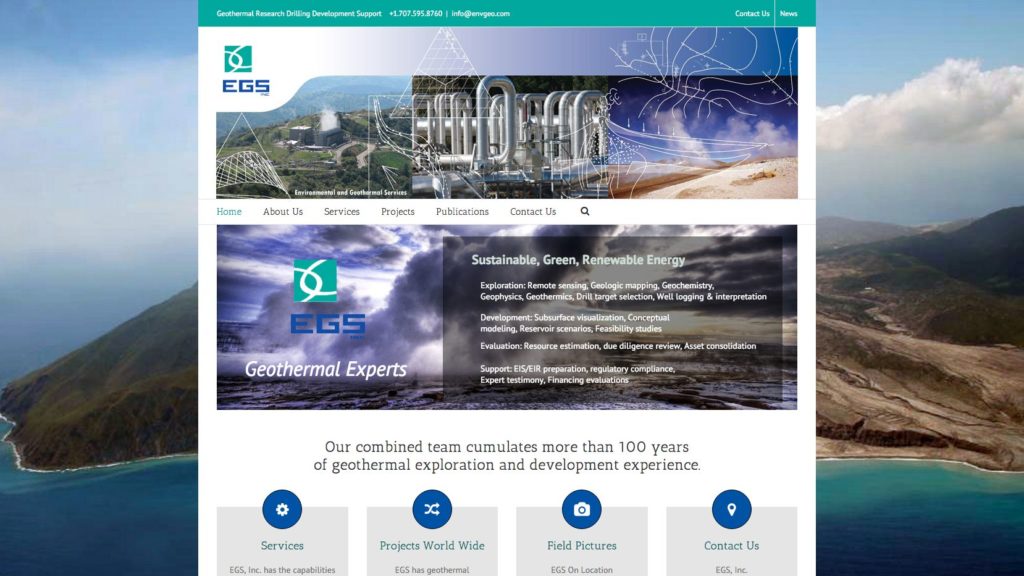Chef Almir Da Fonseca on the sustainability of whole animal butchery:
“As a business my results came very clear once I started to introduce best butchery practices in my kitchen.
Utilizing some cuts that was not so often used – products came into my kitchen with a much better price – that raised profitability in my kitchen drop my food costs down, AND allowed me to educate my customers with something new.
Everybody gains…”
“Hi, I’m Chef Almir Da Fonseca. Welcome to Flavor Source Studios,
We are here where I do most of my research in the home of ChefAlmirDaFonseca.com website.
We are focusing on the research of Brazilian cookery, sustainable cookery and education.
I’m originally from Brazil I’ve come from five generations of farming so butchery is something that is in my blood for generations and for years and years as a chef.
I not only introduce full animal utilization and butchery to our kitchens but I am spending a lot of time teaching and training new cullinarians on how to cook sustainably and utilizing products that is not necessarily common in the industry so that’s what we’re going to focus today.
The goals of this conversation is basically to share some of the knowledge that I gained over the years from my own family and for all of the chefs that I had the pleasure to work with – but also you know perhaps kind of help the next generation of chefs become a little bit more sustainable when it comes to the cooking approach and maybe even. Enjoy the benefits of be more profitable. By using cuts that is not necessarily considered the noble cuts or the higher cost of cuts.
We did a video previously on sustainable cookery that we talked a lot about product utilization and utilizing more than the one type of product, produce, proteins, cuts, and those kind of things…
Today we’re going to continue to do a conversation on sustainability and sustainable cookery but today the focus is going to be on butchery and full animal utilization that’s basically the goal of our conversation today.
Here are some of the things you’re going to need to do in order to introduce those best practices and enjoy the benefits and results of those best practices.
– You’re going to take some knowledge and training
– You’re going to need to learn how to spot quality
– You’re going to need to build a direct connection and relationship with the farmer, especially your local farmer.
– So you’re really going to get to know how the product is raised, how the product is harvested,
The timeline to get the product until being ready to come into your kitchen.
Next one, you’re going to need to get some training in full animal utilization
Butcher, fundamentals of butchery skills,
And some fundamentals in cooking in able for you to be able to exercise some of those less utilized cuts into your cooking.
Here’s the results.
As a business my results came very clear once I started to introduce best butchery practices in my kitchen.
Utilizing some cuts that was not so often used – products came into my kitchen with a much better price – that raised profitability in my kitchen drop my food costs down, AND allowed me to educate my customers with something new.
Everybody gains:
The farmer again by utilizing less land mass harvesting less animal and getting better price for the product because the product was being fully utilized rather than the great majority of the product being turning into ground meat to go into the fast food industry. So the farmer gains.
The chef gains by
Acquiring great butchery skills
Learn new cooking techniques
The customer gains because some of those cuts are highly flavorful, great texture, so handles great flavor profiles from cuisines all over the world
Provides mixologists the opportunity to create new and exciting beverages to pair with some of those dishes as well.
So again, the continuing education of your clientele could come from several ways; from the Mixologist explaining how that beverage was created in order to proved some of the depth of flavor some of those cuts provide, to the cliental that would get out of your facility thinking and feeling he or she learned something new and tasted something new felt something new when it comes to their dining experience.
The wait staff would gain as well by creating a new repertoire of things to talk about, things to learn, things to educate in the conversation would continue.
So again, dining experience became a very educational connection between the House and the clientele.
You really going to a place not only to enjoy great food and great service, but your really going there to be entertained.
In the cost part of it, as a business or individual, you’re going to see that;
By purchasing better products, utilizing fully,
– costs goes down,
– profitability goes up,
– food cost controls go down,
– creativity goes up opportunities for innovation and better menu writing and introducing flavor profiles from cuisines from over the world
– would set you apart from the competition –
Just like to thank you thaw you know checking this video out. The Flavor Source font Sabor is in the business of researching and educating and will be working on our next one so all keep in mind sustainable cookery sustainable butchery pays, it pays big – enjoy!”
– Chef Almir Da Fonseca
Dream Create Communicate created this video forChef Almir Da Fonseca to serve several purposes:
- To promote “whole animal butchery” as a sustainable practice that:
- improves the profit margin for the restaurant
- improves the profit margin for the farmer/rancher
- brings innovation and continued interest for the chef, waitstaff, menu writer, and bartender
- To promote his world wide consultation business
- To play as a lead-in at international conferences where Almir presents
This is the second video DCC created for Almir and is a great watch for anyone who enjoys sustainability, tasty variety, and wants to be more connected to their food.
Peter van Gorder
Videographer
Editor
Chef Almir Da Fonseca
Chef
Author
Related Projects
-
Fred Johnson - Bartender Extraordinaire. This video is fo...
